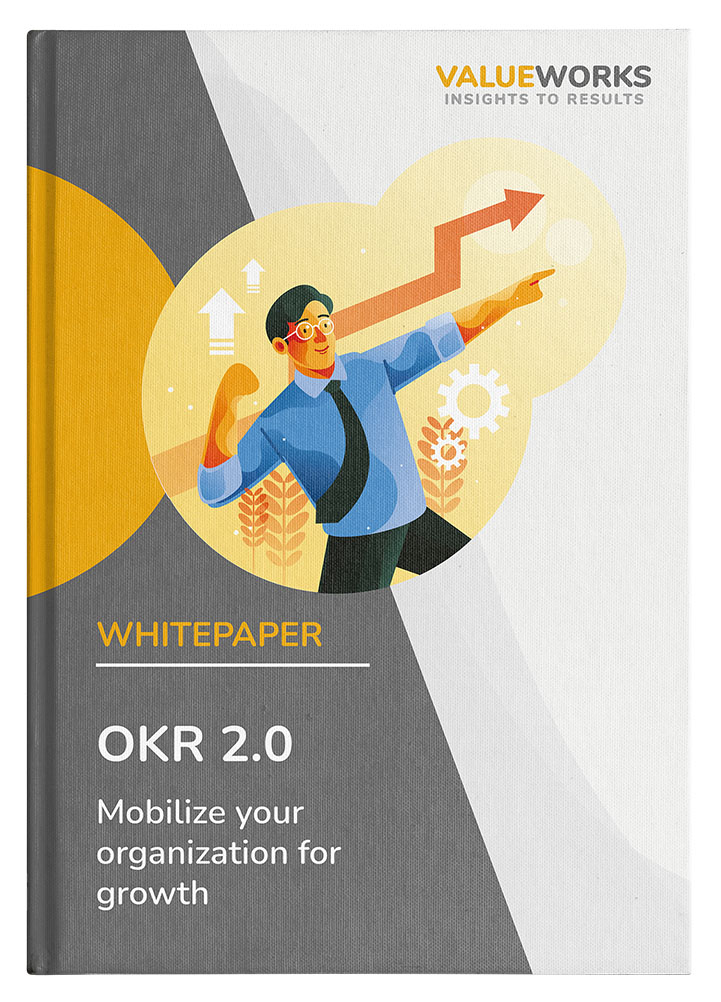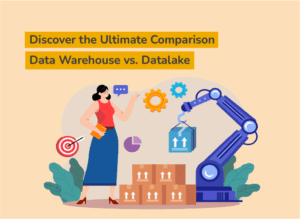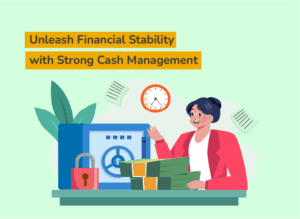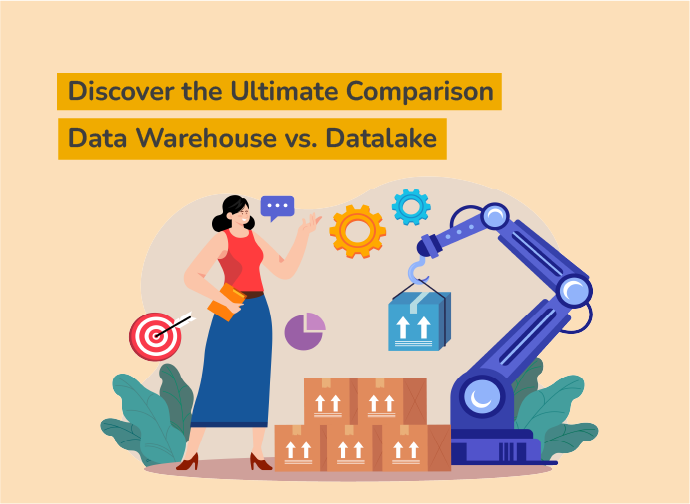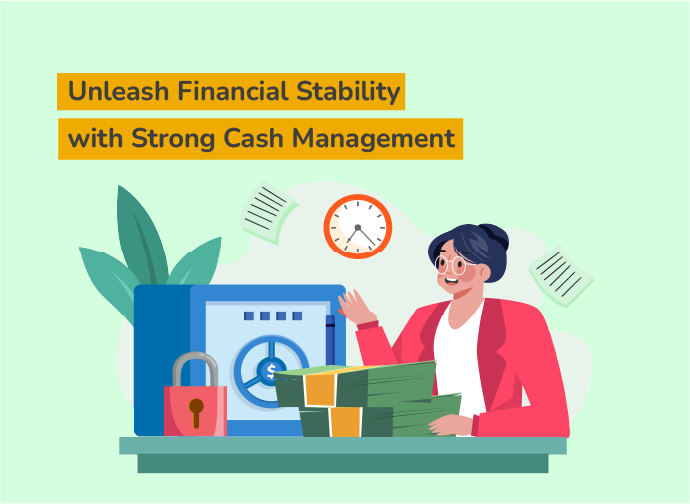OKR is a methodology where you define objectives (the “O” in OKR) on corporate and department level and make them measurable with key results (the “KR in OKR”). OKRs empower employees by giving them the freedom to decide how a certain objective is achieved. While there are several OKRs that are generic, we would like to introduce you to 5 OKRs that every SaaS-company should use. In addition, we give you benchmarks to get an understanding what “good” means in a certain area.
Please refer to our other materials for more detailed discussions on the OKR-methodology. However, before diving into the details, we want to give you a kick-start on how good OKRs look like.
Please refer to our other materials for more detailed discussions on the OKR-methodology. However, before diving into the details, we want to give you a kick-start on how good OKRs look like.
1. What do good OKRs look like?
Clear rules help with a concise, consistent formulation and facilitate the subsequent implementation of the objectives and key results.
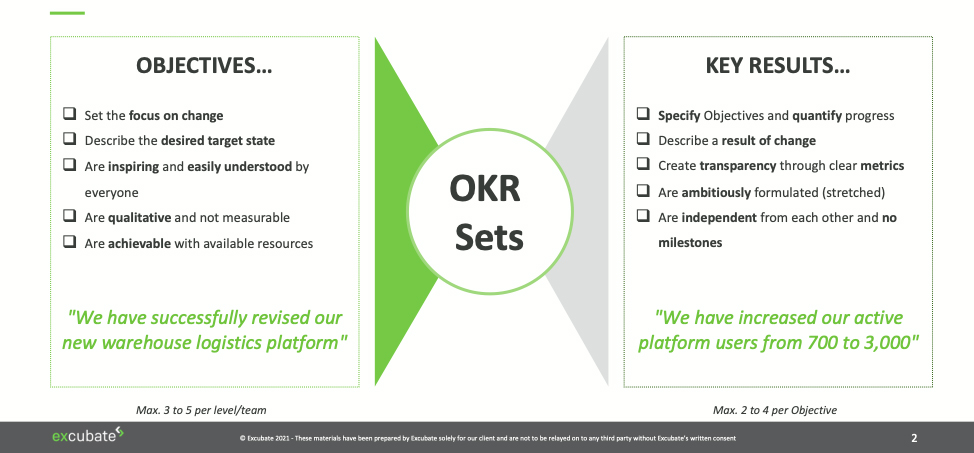
2. SaaS Corporate OKR
Corporate OKRs are overarching company goals that are cascaded down into departments. They are also often planned on 1 year horizon. The most important SaaS-OKR we usually see on corporate level is related to the overall revenue goal.
Objective example
“Demonstrate company traction”
“Ensure the company meets revenue and growth targets”
There are several key results that influence that objective. Some are outlined below.
“Ensure the company meets revenue and growth targets”
There are several key results that influence that objective. Some are outlined below.
Key result examples
- “Triple recurring revenue Year-over-Year (YoY)” (Note: Tripling revenue YoY is one of the often-articulated recurring revenue growth expectation, as outlined by several articles, e.g., https://www.saastr.com/is-it-now-triple-triple-triple-double-double-double-t3d3-for-top-tier-saas-startups-probably/)
- “Increase number of new opportunities by 100% each quarter”
- “Reduce churn from 12% p.a. to 10% p.a.” (Note: with churn of less than 10% you are roughly in the top 25% of SaaS-companies)
- “Reduce sales cycle time from 90 days to 50 days”
3. SaaS Department OKRs
Department OKRs are OKRs that are derived and cascaded down from corporate OKRs and support the overarching company goals. They are usually planned on a 3-month horizon.
3.1 Customer Success
Objektive example
“Transform our customers into evangelists”
Key result examples
- “Increase our net promoter score (NPS) from 20 to 30”
(Note: NPS is usually measured on a scale from -100 to 100. Negative scores are usually a bad sign, 0-30 is ok, 30-70 is great and 70+ is outstanding) - “Get 80% satisfaction across customer base for upcoming product features”
- “Reduce support ticket resolution time from 48 hours to 12 hours”
3.2 Product management
Objektive example
“Make customers the centre of the ideation process”
Key result examples
- “Develop 4 conceptual blueprints for features that were requested by clients”
- “Get at least 15 responses on our backlog prioritization survey for this quarter”
3.3 Product development
Objektive example
“Bring features to the customer in a more rapid way”
“Streamline the development process”
Key result examples
- “Increase release frequency from 2 month to 2 weeks” (Note: The goal would be daily releases of everything that has been worked on)
- “Increase test automation from 5% to 20% of covered code base”
- “Train 2 employees in DevOps automation”
3.4 Marketing
Objektive example
“Transition from selling within your personal network to inbound focus”
“Develop a stronger focus on inbound marketing (instead of network-based marketing)”
Key result examples
- “Increase inbound leads from 50 to 200”
- “Generate at least 200 inbound leads”
- “Increase the monthly website visitors from 1k to 2k”
- “Increase share of lead source “inbound” to 30%”
- “Get at least 10 demo requests via the form on our website”
3.5 People & Culture
Objektive example
“Hire the best tech talent”
Key result examples
- “Reduce time to offer from 2 weeks to 1 week”
- “Increase applicants’ average rating of the recruiting process from 7 to 8 (on a scale of 1 to 10)”
- “Fill up backend developer pipeline with 5 new candidates”
Whitepaper: OKR 2.0 - Mobilize your organization for growth
The benefits & implementation of the next-generation OKR method and the supporting software solution.


